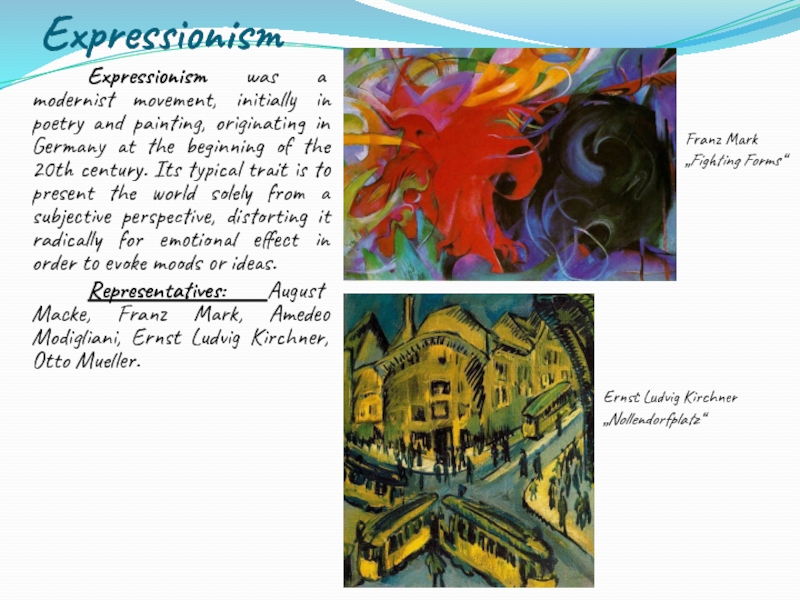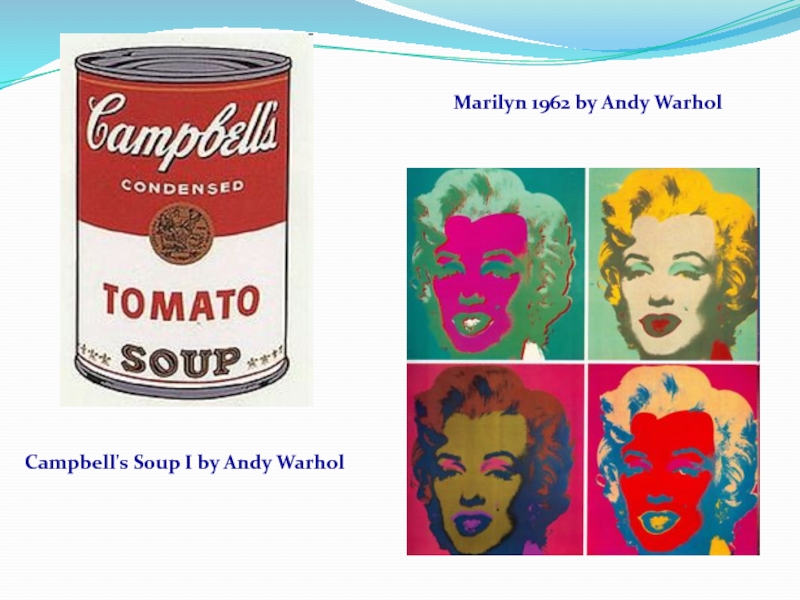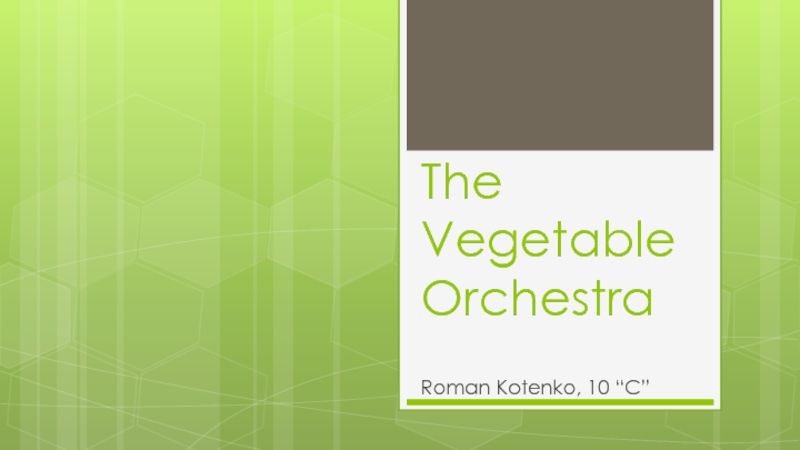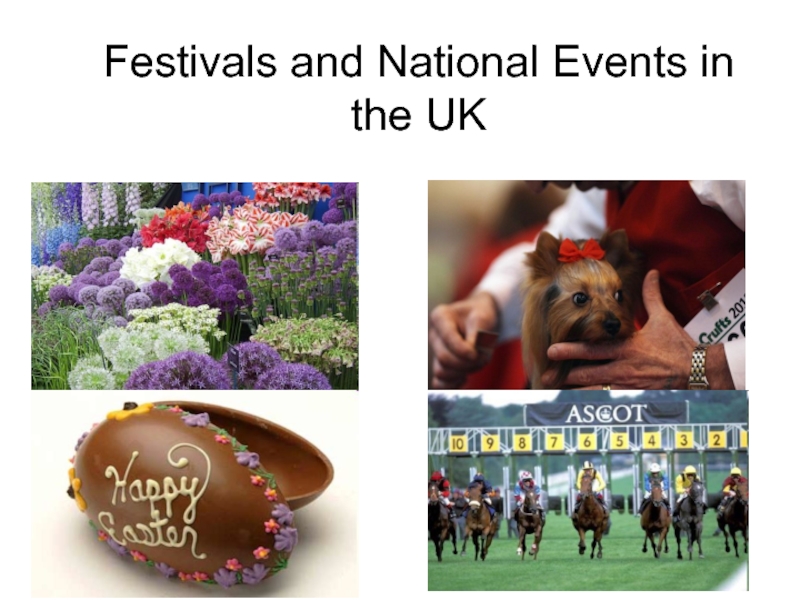and art critic Roger Fry in 1910 to describe the
development of French art since Manet. Post-Impressionists extended Impressionism while rejecting its limitations: they continued using vivid colours, thick application of paint, distinctive brush strokes, and real-life subject matter, but they were more inclined to emphasize geometric forms, to distort form for expressive effect, and to use unnatural or arbitrary colour.Representatives: Paul Cezanne, Vincent van Gogh, Georges Lemmen, Georges Seurant, Paul Ranson, Pierre Bonnard, Henri Edmond Cross.
Georges Lemmen (1865–1916)
„ Beach at Heist“
Pierre Bonnard (1867–1947)
“The Dining Room in the Country”





























































